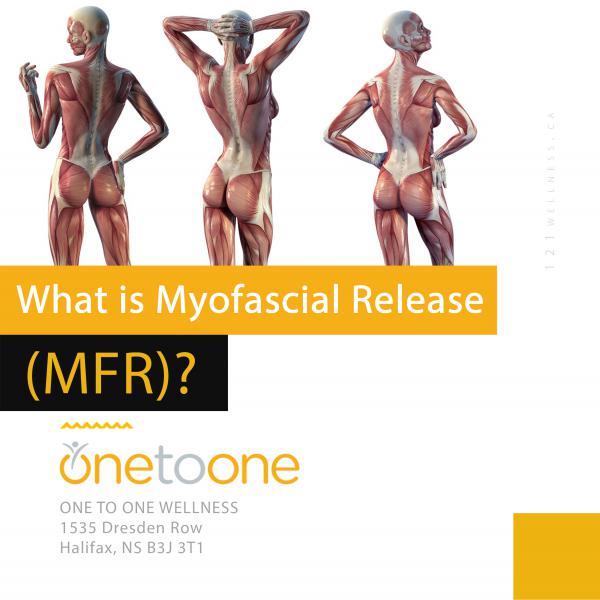
What is Myofascial Release (MFR)?
To be put plainly, it is the release of fascia. So to really understand what MFR is we must first dive in and answer the question, what is fascia and the fascial system?
What is Fascia?
Fascia is a type of connective tissue that connects, separates and permeates every part of the body, including muscles, bones, nerves, blood vessels and organs. It is also itself connected throughout the body, thus we call it a system like the circulatory, lymphatic or nervous systems, ie. the fascia in your feet is connected and is continuous all the way through your body up to your head. Think of it as a liquid, dynamic spider web, or a sweater. Pull on a sweater in the bottom corners and you will notice how that pull can affect the links in the sweater all the way up to your shoulders. It is because of this that changes in the density, viscosity and texture of fascia in any one area of the body can be like pulling on that sweater, thereby affecting any other area of the body through those tensile forces.
What impacts the Fascial System?
The free, open movement of this fascial system can sometimes be compromised by things as simple as not drinking enough water (it is a liquid system as we mentioned), or more complicated such as trauma, stress, injuries, scarring and postural dysfunction, to name a few. These changes, the ‘hardening’ of this liquid system, can also compress the structures surrounded by it, such as nerves, lymph vessels, blood vessels, etc.
Something particularly interesting about fascia is that it does not show up on many of the usual scans and tests you might go through at the doctor’s office/hospital. This means that fascia often gets overlooked as a potential source of someone’s pain, discomfort or dysfunction. The only current way of properly assessing fascia is by a skilled hand that knows what it’s looking for.
How does MFR help you?
So, myofascial release is a way of using sustained pressure, often gentle but sometimes deeper, in those problem areas to help open up restrictions and create more mobility so the fascia, and everything it surrounds, can move as it is meant to, and consequently so can we. Fascia is very tough and not easily changed. This sustained pressure into the fascial system, along with the right intention, essentially, is like asking the body to change itself. When that happens the change goes deeper, lasts longer and is much more powerful than if we attempt to manually force it to change.




